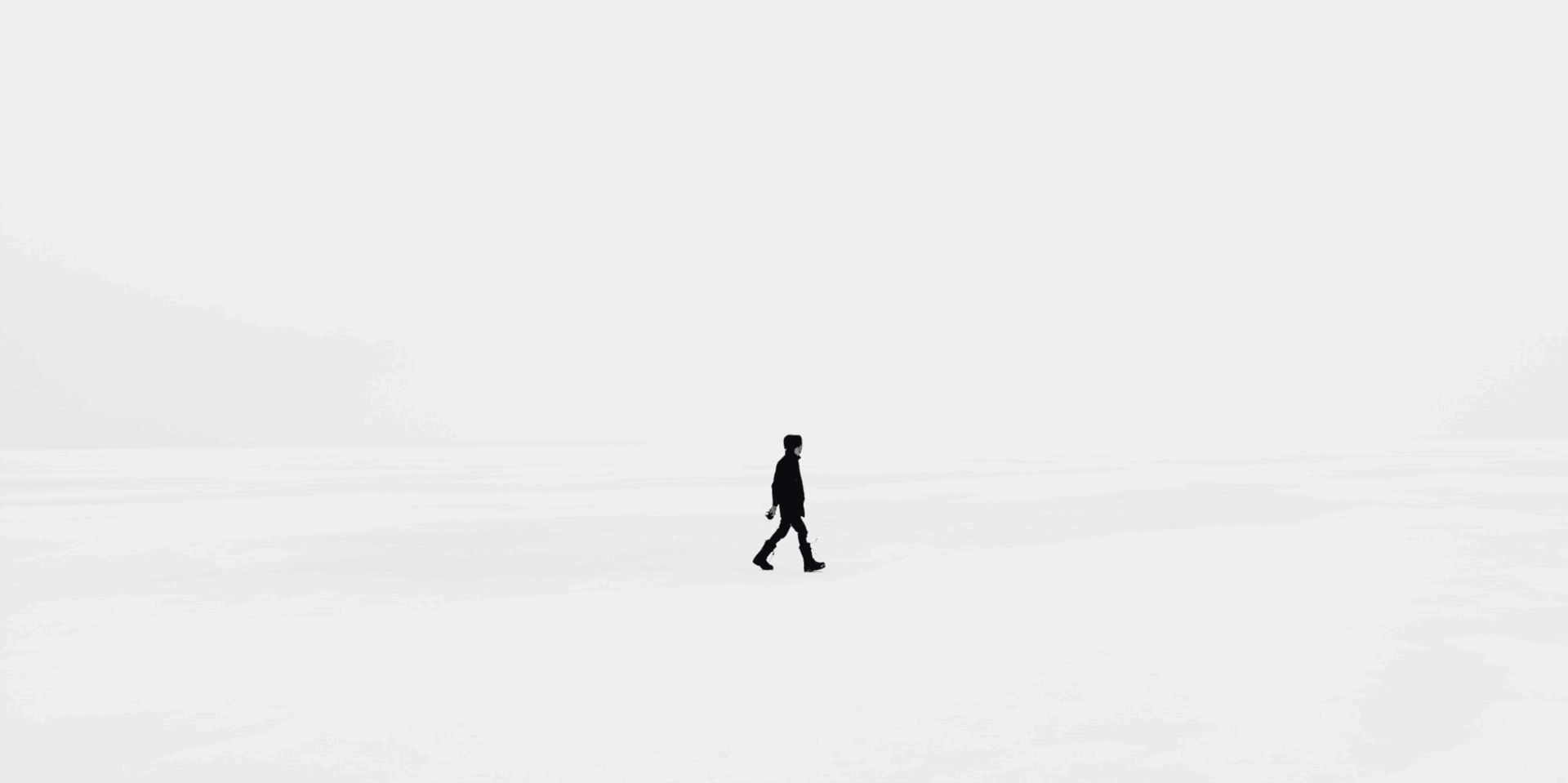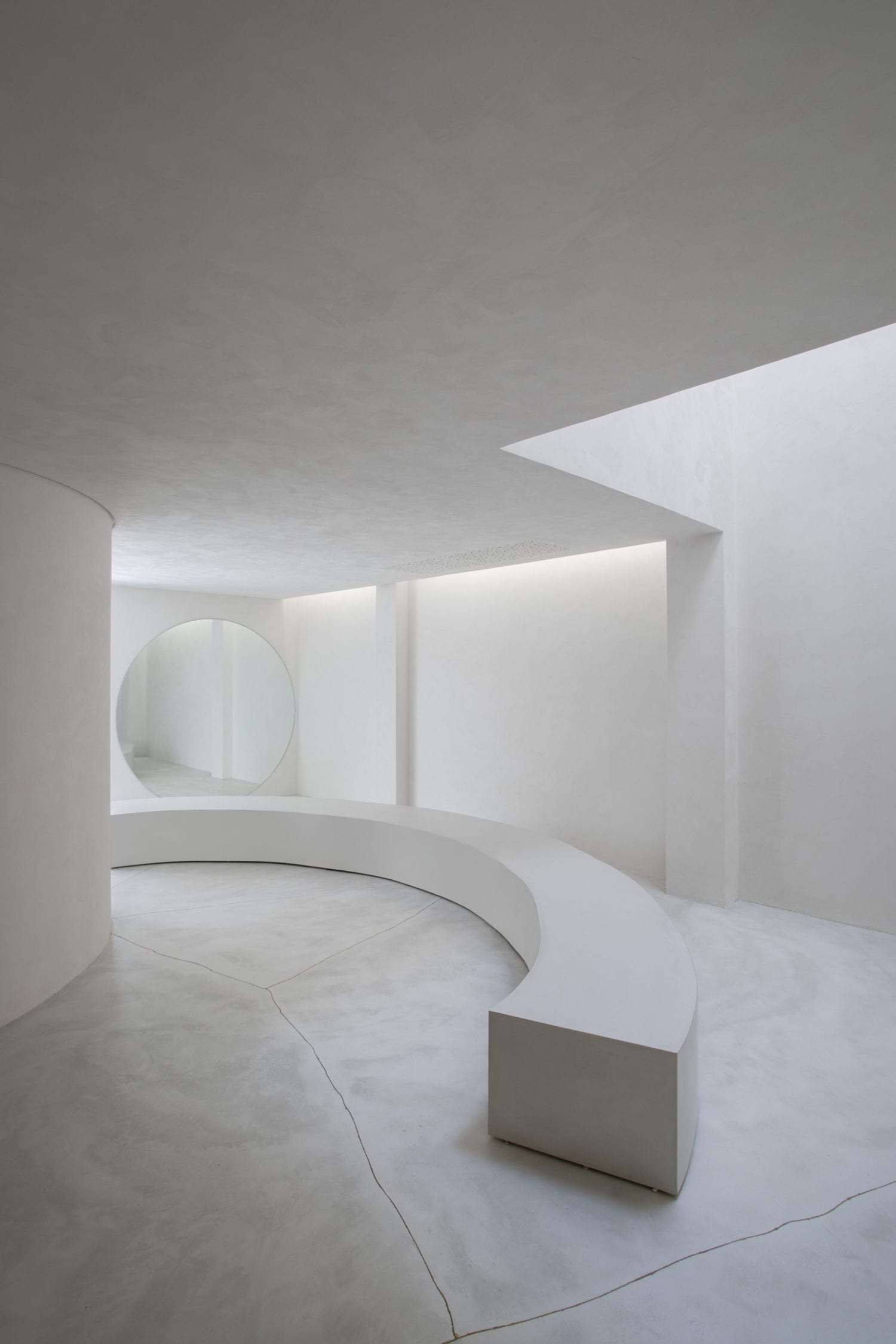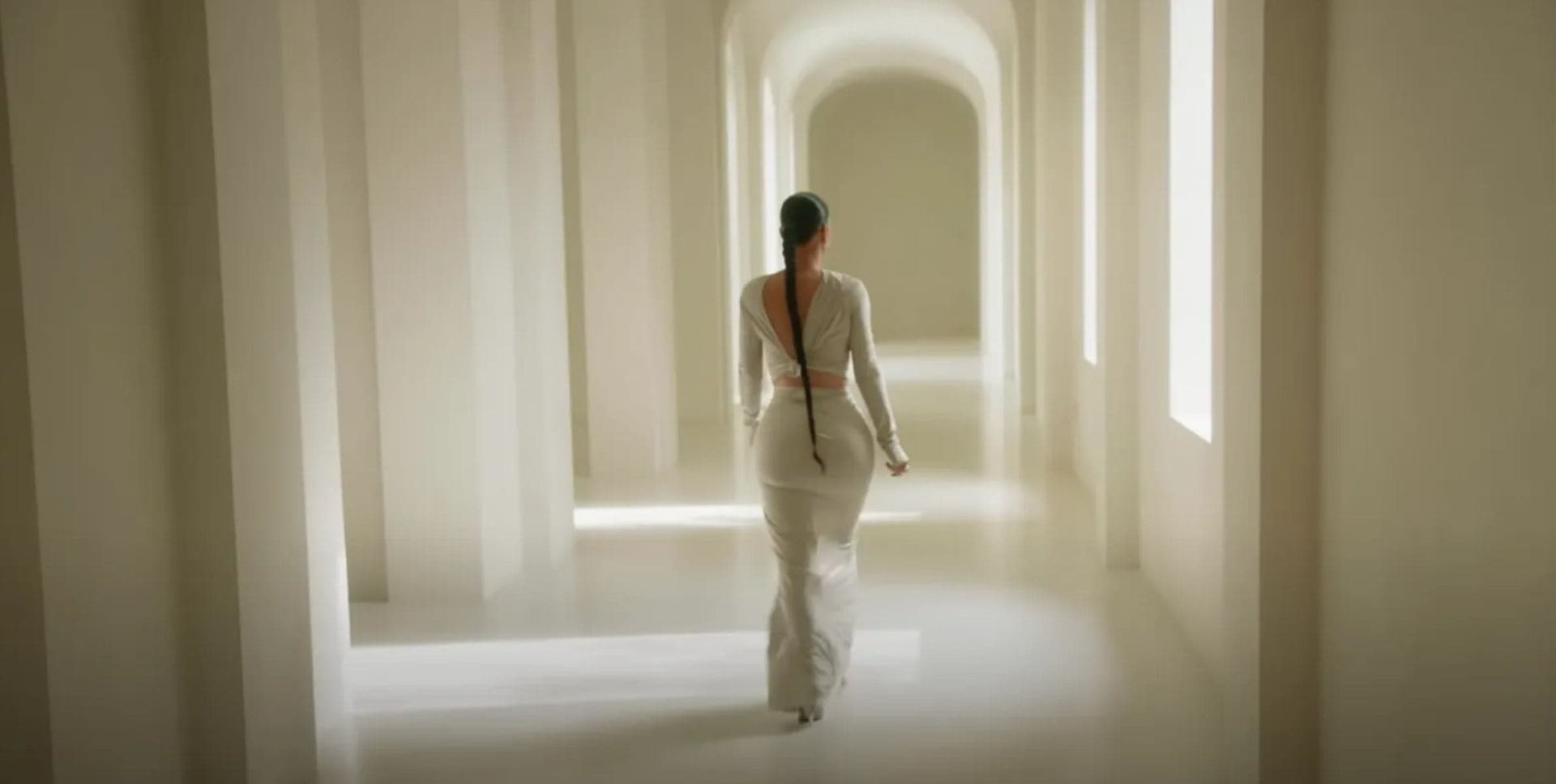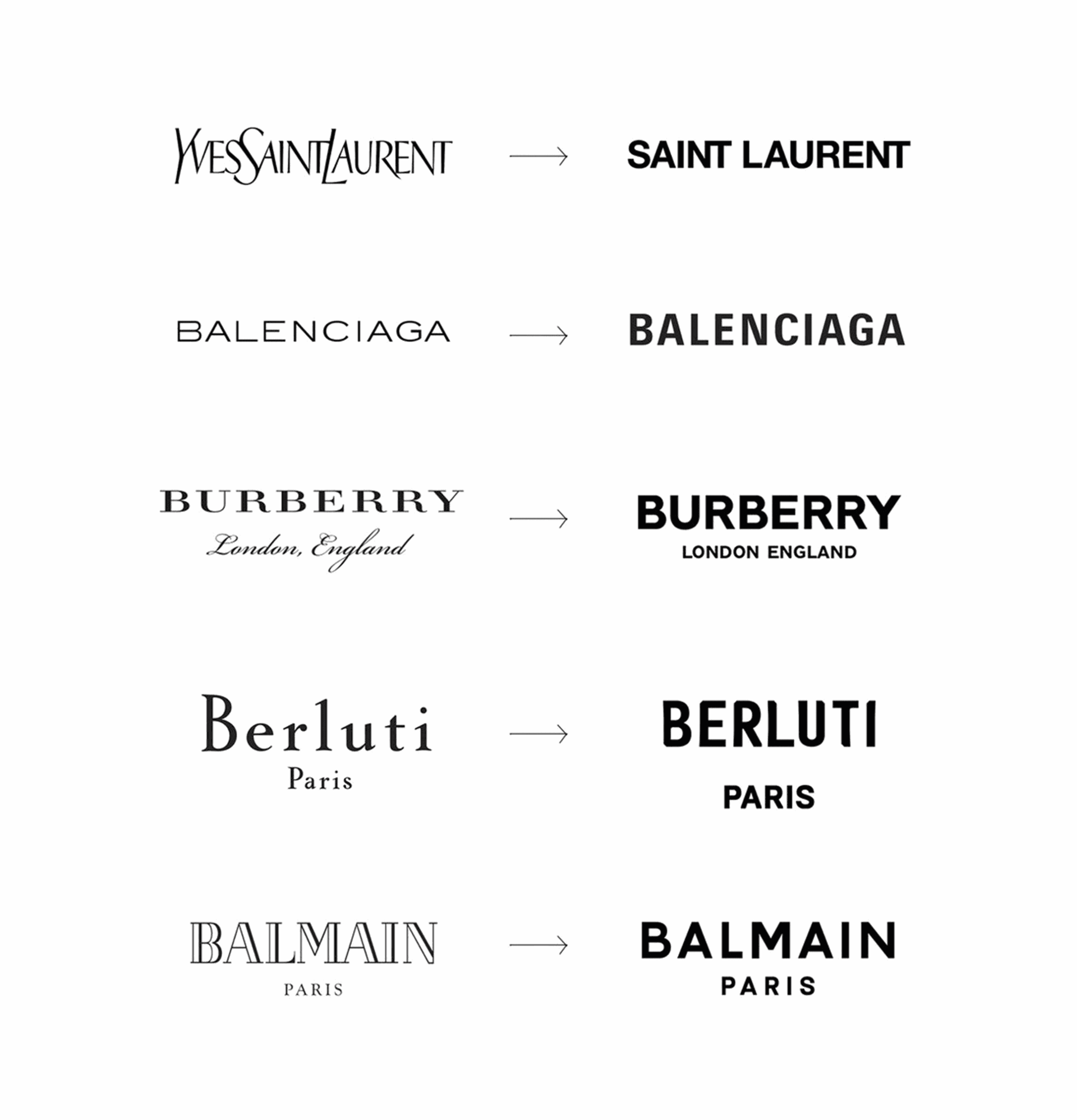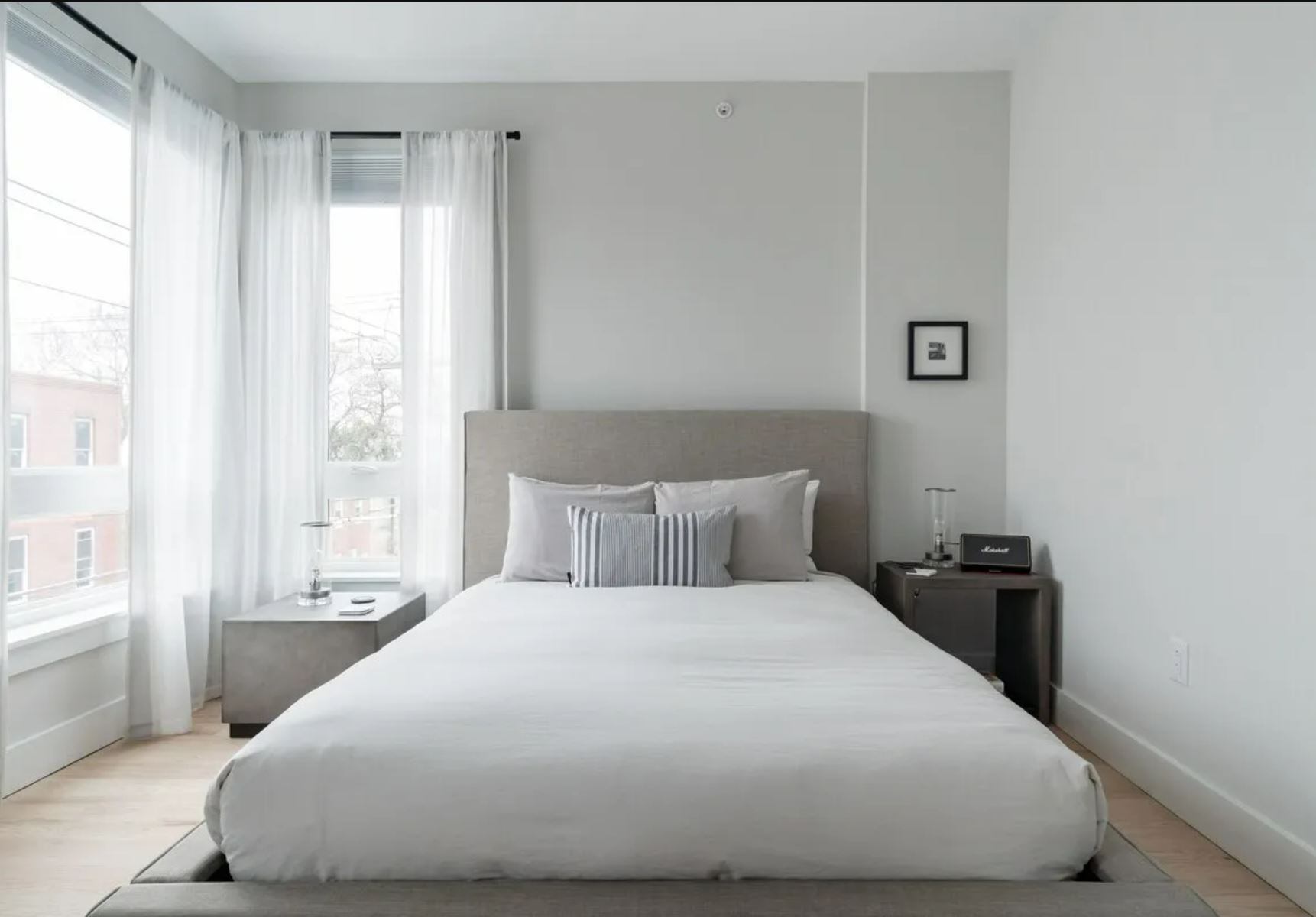Exploring minimalism in our modern lives
Minimalism emerged as a trend in 1960s America as a reaction to the excesses of Abstract Expressionism and the chaos of urban life. Frank Lloyd Wright wrote at the time: “We no longer live in simple terms or places. Life is a more complex struggle now. It is now valiant to be simple: a courageous thing to even want to be simple”.
We are now living in a world that is information-dense and more distracting than Lloyd Wright and his contemporaries could ever have predicted. Our attention span is eroded and challenged by constant accessibility to work email, notifications from multitude apps, tweeting whilst watching TV, and viewing our world through the lens of our smartphones and the echo chambers of polarised social media channels. Being this connected has previously been seen as a good thing for brands- constant connection means more data, more access, and more opportunities for engagement. But, with increasing frequency we’re now seeing a rejection of this brand and business first philosophy. Application of minimalism can be used to create experiences that better serve consumers, by providing them with respite, digital disconnect, and space for reflection. By putting emphasis on what is truly important to the consumer, without distraction or dilution, minimalist spaces and designs can promote tranquillity and calm.
After an extended period of using online spaces and interfaces to search for products products- scanning reviews, attempting to deal with choice fatigue in an endless aisle of options- customers didn’t want to be overwhelmed with products as they return to physical spaces to shop. Several brands looked to the concept of minimalism in the wake of the pandemic as it allows shoppers to focus on one product. The museum-esque fashion store trend allows customer the room to focus on a controlled edit and to remove the decision fatigue that often comes with too much choice and visual noise. But this highly edited, neutral approach leaves no space for differentiation and the trend can be found across all aspects of our modern consumer experience. This kind of minimalism is all around us and is marked by two key features: simplicity and consistency. It can be seen anywhere from the user interface of your favourite website or app to the packaging design of your latest tech device, the relaunch of your favourite clothing store, and the design of the logo of your favourite coffee brand.
But is the new minimalism a completely positive trend? Although it responds to a valid need in consumers for a quieter, more focussed, and mindful personal experience, it has complex negative facets too.
(Image courtesy of MNMA Studio and Andre Klotz)
